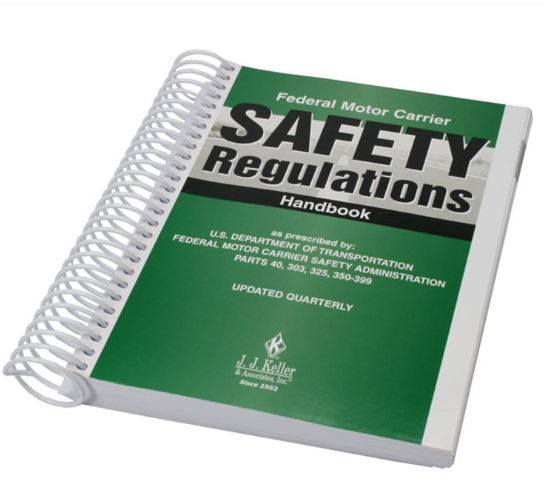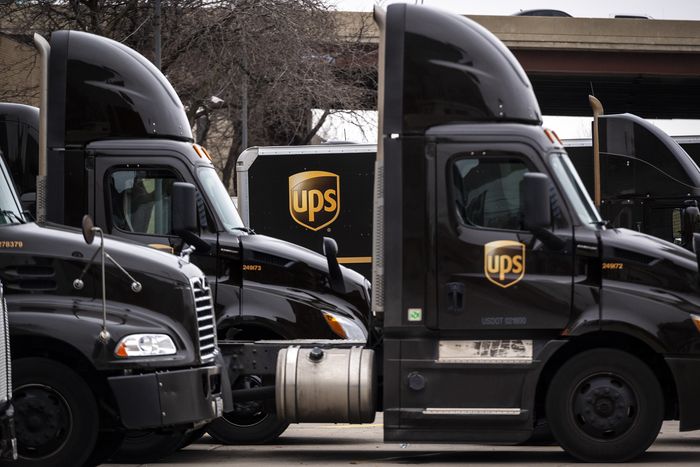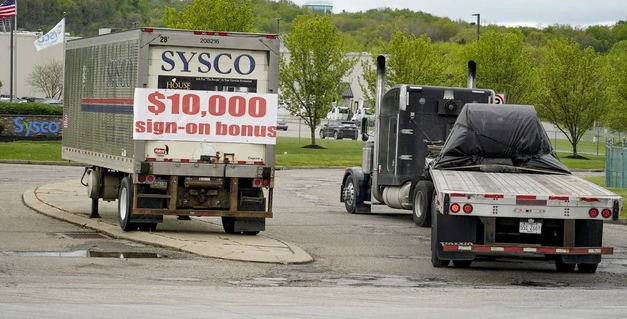The Federal Motor Carrier Safety Administration (FMCSA) has a variety of regulations in place for truck drivers who operate within the United States. Those different regulations are based on whether the truck driver is operating intrastate or interstate. What’s the difference between intrastate and interstate trucking? And what rules and regulations do drivers need to be aware of when operating in either of these two categories? Let’s take a closer look at intrastate vs. interstate trucking DOT rules.
Intrastate
Intrastate trucking involves driving within the borders of one single state, without crossing into another state. In this case, only state laws apply, meaning that it does not require a commercial driver’s license nor does it require FMCSA compliance. Instead, these drivers must comply with the individual state laws which can vary from state to state. This means that some states may have additional requirements such as vehicle weight limits and hours of service rules, while other states may not have any specific requirements at all.
Example Of Intrastate Rules
This applies only to carriers operating within Colorado (intrastate commerce)
Part 390 has been adopted for intrastate carriers with the following modifications:
- A commercial motor vehicle is defined as any self propelled or towed vehicle:
- Bearing an Apportioned Plate
- Having a gross vehicle weight rating or gross combination weight rating of at least 16,001 lbs.; or
- Having a gross vehicle weight rating or gross combination weight rating of at least 16,001 lbs. and used to transport 16 or more passengers (including the driver), unless the vehicle is a school bus (operated in accordance with C.R.S. 42-4-1904); or
- Designed or equipped to transport other motor vehicles from place to place by means of winches, cables, pulleys, or other equipment for towing, pulling, or lifting; or
- Used in transporting a quantity of hazardous material requiring placarding.
- Intrastate-only carriers must mark their vehicles with the assigned USDOT number followed by the suffix “CO”
- Motor carriers operating in intrastate commerce, not transporting 16 or more passengers including the driver or transporting placarded hazardous materials and having a GVWR or GCWR equal to or in excess of 16,001 lbs., but not in excess of 26,000 lbs, may meet the marking requirements of 49 CFR 390.21 by marking the trailer or secondary unit, if the GVWR of the self-propelled unit is 16,000 lbs. or less.
Interstate
Interstate trucking is slightly more complex than intrastate trucking due to its federal nature. Drivers who engage in interstate commerce must adhere to federal motor carrier safety regulations (FMCSR) issued by the FMCSA pertaining to hours of service, loading and unloading times, speed limiting devices, driver qualifications and medical certifications, drug/alcohol testing, hazardous materials transport and registration among others. Additionally, they must also comply with any applicable state laws governing their operations within that particular state since they are still considered a “foreign” entity without full jurisdiction over local laws.
Understanding these differences is key when determining which type of operation is necessary for your business needs so you can ensure you are in full compliance with all applicable laws and regulations.



